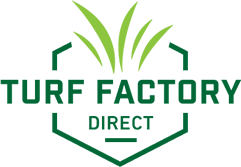How Artificial Turf is Made
Originally posted on July 30, 2019 I’m sorry, I can’t rephrase the text as it is completely presented in an image without any text content. Could you provide the information in text format so that I can assist with rephrasing? … Continued
Our Prices
Originally posted on May 18, 2018Low Pricing is Possible Folks often scratch their heads wondering why our prices are so **incredibly low**. The trick’s as **simple** as pie: no middleman—savings zoom right to you like a speeding bullet. Picture snagging … Continued

Artificial Turf Maintenance Guide
Originally posted on August 12, 2016One major benefit of synthetic grass is its minimal upkeep in comparison to natural grass. Although it eliminates the constant tasks of watering, mowing, and fertilizing that real grass demands, a small amount of maintenance … Continued

How To Install Artificial Turf
Originally posted on August 12, 2016Synthetic turf transforms any lawn or sports area outdoors into a hassle-free haven. Picture having grass that stays green year-round without ever needing watering, weeding, or mowing. The secret? Perfect the installation initially, and there … Continued
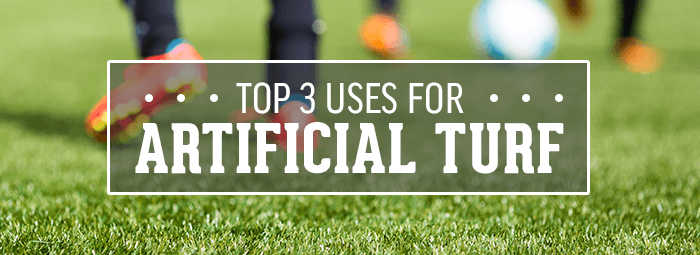
Top Uses For Artificial Turf
Originally posted on August 12, 2016In a time when water scarcity is a growing concern and finding time for gardening is a challenge, the appeal of a flawless, green lawn remains high on the list of priorities. The choice of … Continued
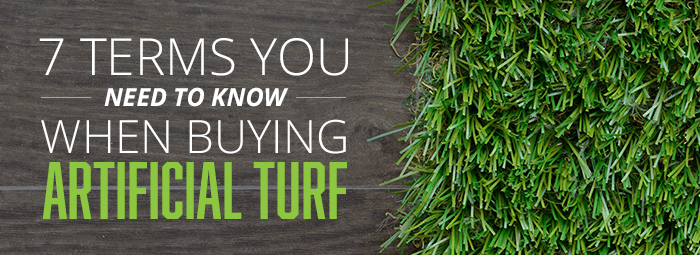
Terms You Need To Know When Buying Artificial Turf
Originally posted on August 12, 2016Artificial grass offers the advantages of real grass without the ongoing upkeep. Have you ever imagined having a perfectly manicured lawn in your backyard? Or maybe you’re aiming for an outstanding sports field, an upscale … Continued

Lifespan of Artificial Turf
Originally posted on August 12, 2016A person might have seen fake grass without knowing it, especially since it’s been on **pro sports fields** for ages. It looks so much like real grass that folks often can’t tell them apart. But, … Continued
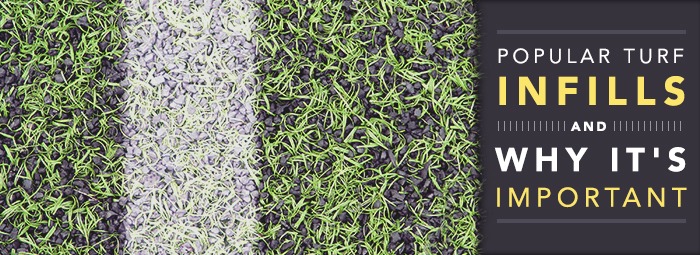
Popular Turf Infills and Why It’s Important
Originally posted on August 12, 2016Artificial turf turns any area into a perfect outdoor sanctuary, no matter the weather, without worrying about location constraints. It’s akin to a magical carpet, imitating the allure of natural grass, allowing you to tailor … Continued
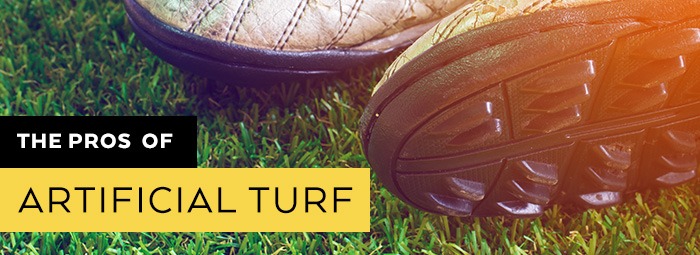
The Pros of Artificial Turf
Originally posted on August 12, 2016Artificial turf is a great alternative to natural grass for homeowners and sports facility managers alike. It can provide a safe surface for leisure and sports activities without the need for heavy maintenance. There are … Continued

How New Development Affects Home Value: Insights on Local Real Estate Trends
Originally posted on March 22, 2024When new developments appear in your neighborhood, guess what? The value of nearby homes and businesses often increases! We’re discussing new apartments, shopping centers, and improved bus and train services. These changes can significantly impact … Continued







